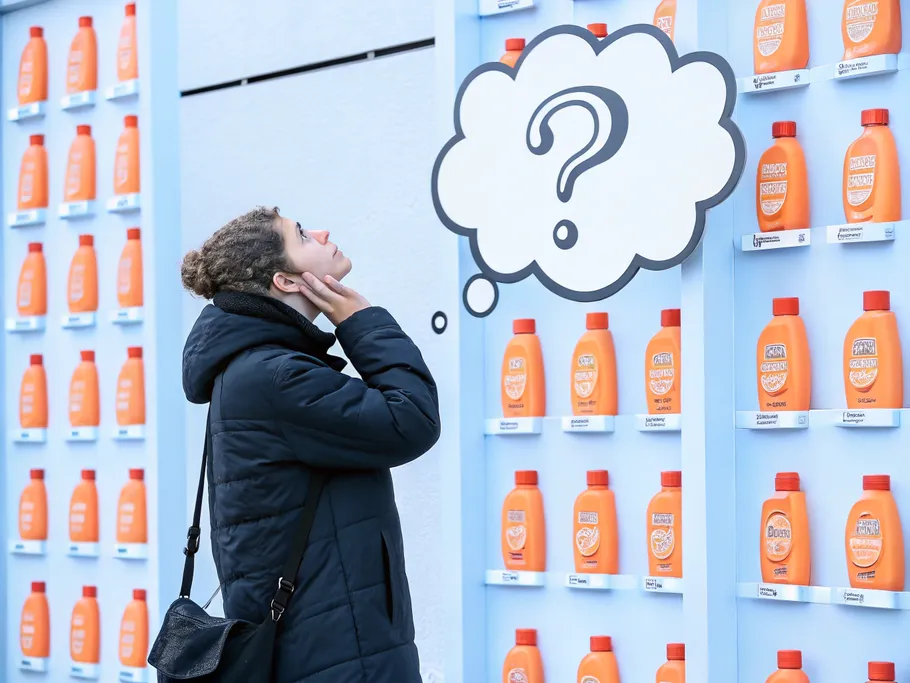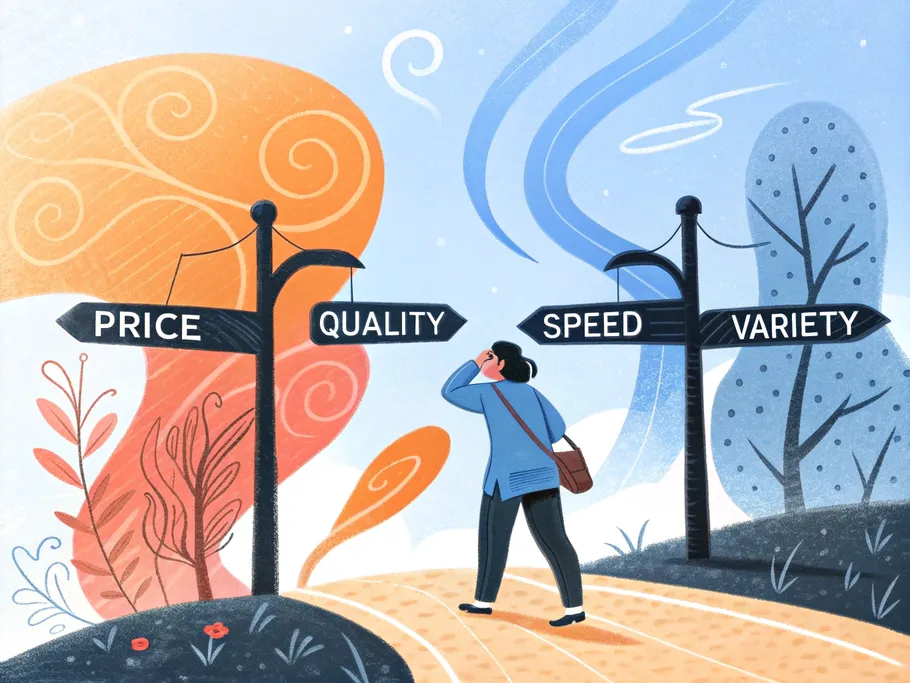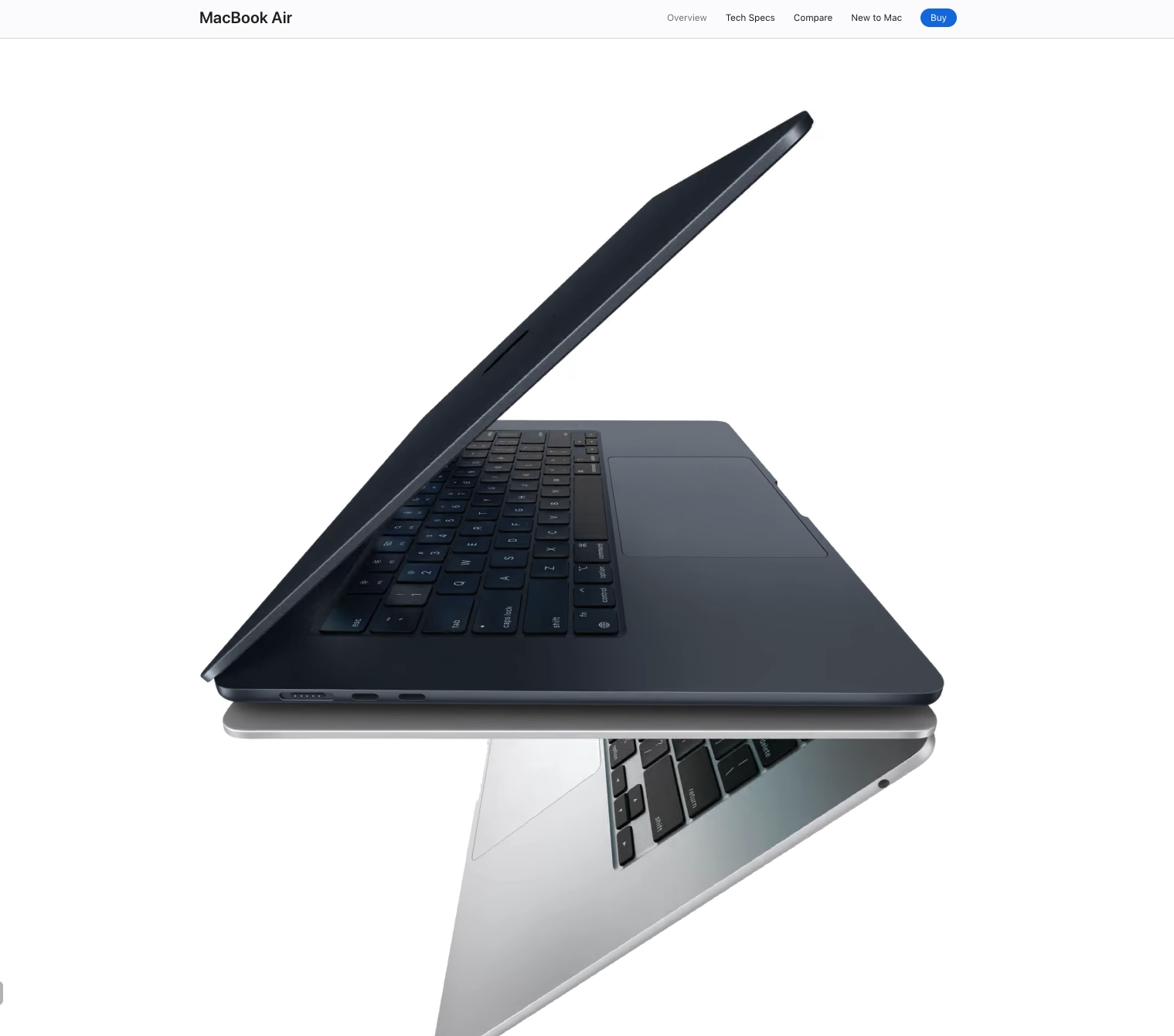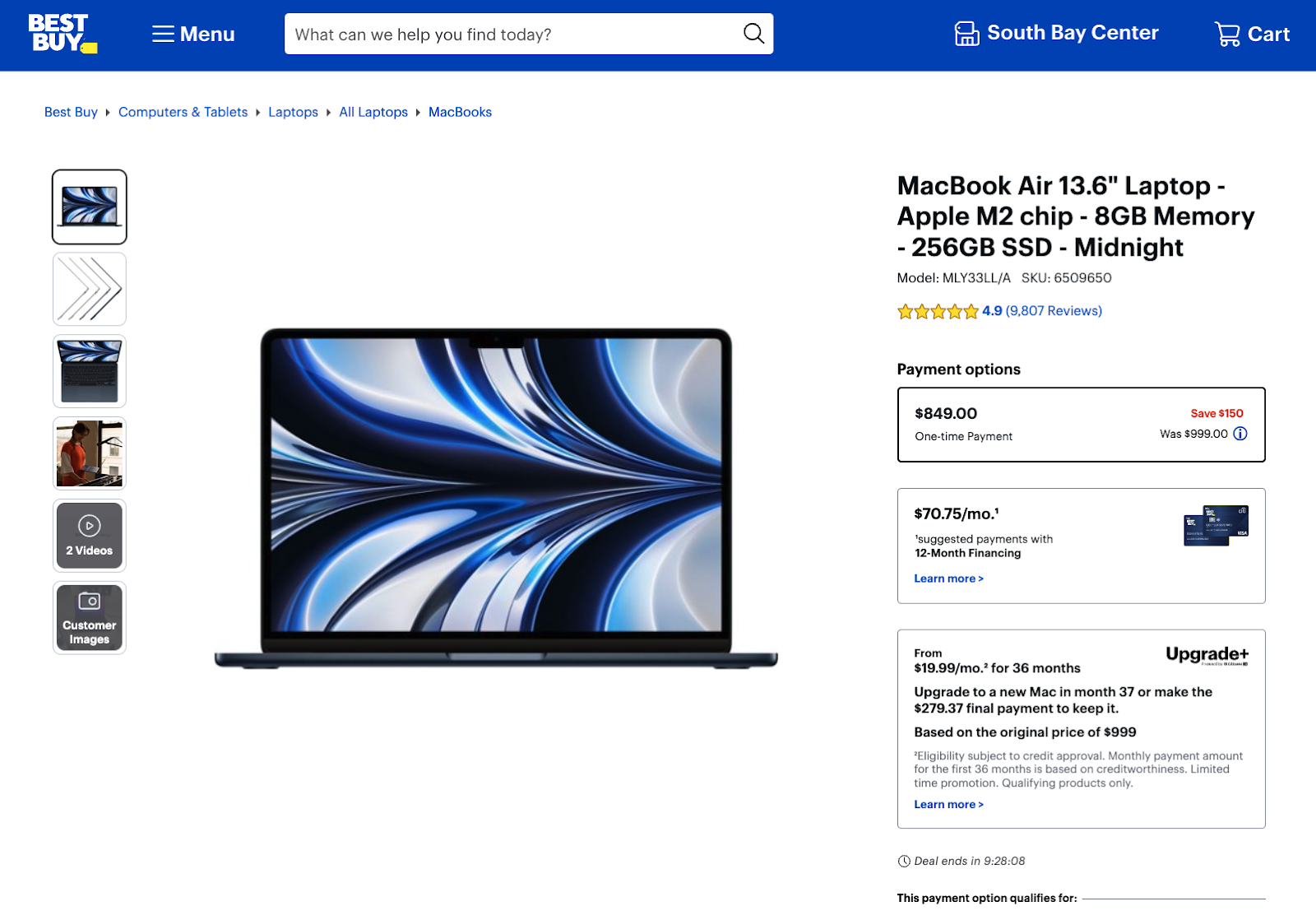A recent survey by McKinsey & Company found that companies with a well-defined unique selling proposition saw a 15% higher customer retention rate.
But even without the fancy statistics… it’s the number ONE reason people buy from you.
So stop sucking at nailing your unique selling propoisition-ing and find out what your customers really really want.
A Unique Value Proposition (USP) is a statement that defines how your business is different and better than anyone else. It’s your “I am a special snowflake because XYZ” sentence.

Here’s what it brings to the table:
If you’re an entrepreneur who’s starting a new business and you’d like some more clarity regarding growth, product development, and launch strategy…
You’ll LOVE my free eBook: The Startup Launch Roadmap
It’s a step-by-step guide (still easy to read though) designed to show you HOW to design your product, how to launch it, and how to scale it.
Finally understand the exact steps you need to take to grow your business here:
I’m going to give you all the steps on how to do this, but seeing as you’re a grown-up (right?), you should decide which ones to gloss over and which to pay more attention to.
Review and analyze your business and product so that you can compare with industry standards, competitors, and customer expectations.
Start by answering these 4 basic questions:
Then create a benefits list of compelling reasons why a customer would choose your company’s product/service to solve their needs. By comparing this list with the competition, you can pinpoint where exactly you have a competitive advantage and what key differentiators make for the strongest selling point.

A benefits list can include any aspect of a business that might differentiate the brand (see our guide on what to focus on), such as:
To identify USPs, you need to make a deep dive into market alternatives by evaluating your competitors through the same list of benefits. Understanding the strengths and weaknesses of the competition is equally important as knowing your own.
When evaluating competing products/services, focus on how these businesses attempt to differentiate themselves from others.
What are their marketing messages and how are they reaching their audience?
Keep an eye out for industry trends and analyze your competitors in these ways:
A position map is a great way to visualize the market and identify your location in relation to other brands, helping you to discover potential USPs.
By mapping market positioning you can plan your marketing strategy around the areas your brand excels in and optimize the funneling of strategies to grab the biggest market share.
Check out our example of how real companies do this.
This is an especially powerful tool if you want to move to another segment and want to learn how to stand out and find demand in this new environment.
In a race, it’s the driver who wins, not the car. You always need to think about users first.
This might sound obvious, but believe me, not many businesses really DO this! Entrepreneurs often fall in love with their ideas before figuring out if anyone else gives a damn.
In the first step, you answered “whose problem are we solving?” If you have not recently updated your buyer persona(s), now is the time (see our full guide here).
Basically, a buyer persona will represent your ideal customer. Without knowing your customer, how can you offer them what they want?
Marketing that tells the right customer the right message at the right time will always be successful.
A well-written buyer persona should look at more than merely demographics. Psychographics (values, interests, lifestyle) really help in fully understanding your target customer. Alongside this, creating a customer journey map lets you track how USPs influence customers along the way.
Successful brands showcase their products and communicate their unique selling proposition (USP) in different ways, though their effectiveness depends fundamentally on what you’re offering.
A needs-based approach focuses on the needs of the target audience: “If you need this, we have this product for you.”
A person-based approach focuses on specific customer personas: “If you are this type of business, click here to see what we can do for you.” This allows visitors to self-identify and feel that they belong to a particular group, which is often the better approach.
However, users might be weirded out by a website assuming who they are, preferring to browse products and decide for themselves instead. Customer intent should be the backbone of your marketing strategy.
With your buyer persona, you can isolate customer pain points and motivations. By combining the brand’s benefits and USPs with the customer’s behavior and buying decisions, you can communicate the perfect solution in a way that will make them stand up and take notice.
Make a list of customer expectations (reliability, convenience, style, price, etc.) and review if you accurately meet those demands. Their motivations can be different: fear, peer pressure, necessity, time constraints. Examine each possible scenario and touch point to ensure that you are truly solving the customer’s problem.
In this stage, make sure to do the following:
By mapping the entire customer experience, a business can realize everything from how they use your solution to when/why they stop using it.
Most companies stop their analysis at the point a customer becomes aware of your solution. A great company sees past this and is aware of their entire overall experience. Don’t be an average Joe. Be an average hero.
A value proposition statement answers the burning question “why choose us?”

Using the benefits of your brand to solve customer pain points is how a business provides true value. Take the information gathered so far to summarize the value your brand brings to the table and what will ultimately drive your audience to pick you over a competitor.
If you need help in writing a solid value proposition, check out this article for instructions, examples, and templates.
When creating your unique selling proposition, you need to understand if what you are selling is consultative or a commodity and tailor your USP accordingly.
Commodities are standardized and identical across vendors, like iPhones, cars, TVs, or groceries, while consultative offerings are unique and highly dependent on the vendor’s performance, such as consultations, custom designs, or photo sessions.
The difference between these types influences how you should present your USP:
| Consultative | Commodities |
|---|---|
No one else sells the same thing | Everybody sells the same thing |
| Leans towards the emotional payoff for the customer Subjective value | Less focus on emotions. Not about value to the customer, but about features of the product. |
| How well can you tap into your customer’s fears and needs? | Practical details are the most important, especially price! |
| EMOTIONAL | RATIONAL |
You can see the difference in these examples:

Apple: They make the product the center of attention on their website and tap into people’s emotional desires to buy a cool-looking product.

An online store selling MacBooks: Doesn’t need to convince users of its excellence because Apple has already done that. Instead, information is given for users to make a rational buying decision.
The most successful products aren’t always the most useful. People are generally more driven by emotions than reason, so don’t be afraid to focus on appearance over functionality in your advertising campaigns.
Now that you have a USP geared toward benefiting your ideal target customer and identified their motivations, pain points, and touch points — start acting. Create a marketing message that spins a web of benefits to solve customer problems. You want to trap as many customers as possible.
To craft compelling messages, use a framework like AIDA (Attention, Interest, Desire, Action).
It’s important to listen to what your existing customers value in your product because their words can be used to convey your USP to new audiences.
Sometimes saying “NO” is the most important thing you can do. When you’re tempted to add text to your website, think about why your readers will need it. If it doesn’t emphasize your USP, scrap it! You don’t want to dilute the brand, so strategic sacrifices must be made.
This also goes for business decisions such as whether to enter a new market. Producing a cheaper product might alienate your current customers. There are no perfect solutions, with every decision having drawbacks.
This is an iterative process. USPs don’t last forever. They need to be constantly tested, refined, and updated based on customer feedback and market changes. Stop assuming you know what customers want. Get out there and ask them! Conduct customer interviews, run surveys, create landing pages to gauge interest. Listen. Learn. Adapt.
Research tells us that businesses which regularly update their USPs based on customer feedback experience a 20% increase in sales. Do you really want to miss out on making it rain?
Research tells us that businesses that regularly update their USPs based on customer feedback experience a 20% increase in sales.
I know, mindblowing results – who would’ve thought that listening to your customers would increase your sales?
Anyway, here’s how to objectively measure how well your USP is doing:
Wow, that was a lot of information! In summary:

Email subscription is available ONLY TODAY (oh, okay, and tomorrow).
Surely, we respect your inbox! Unsubscription works every day.

We’d love to tailor your experience — which of these best describes you?